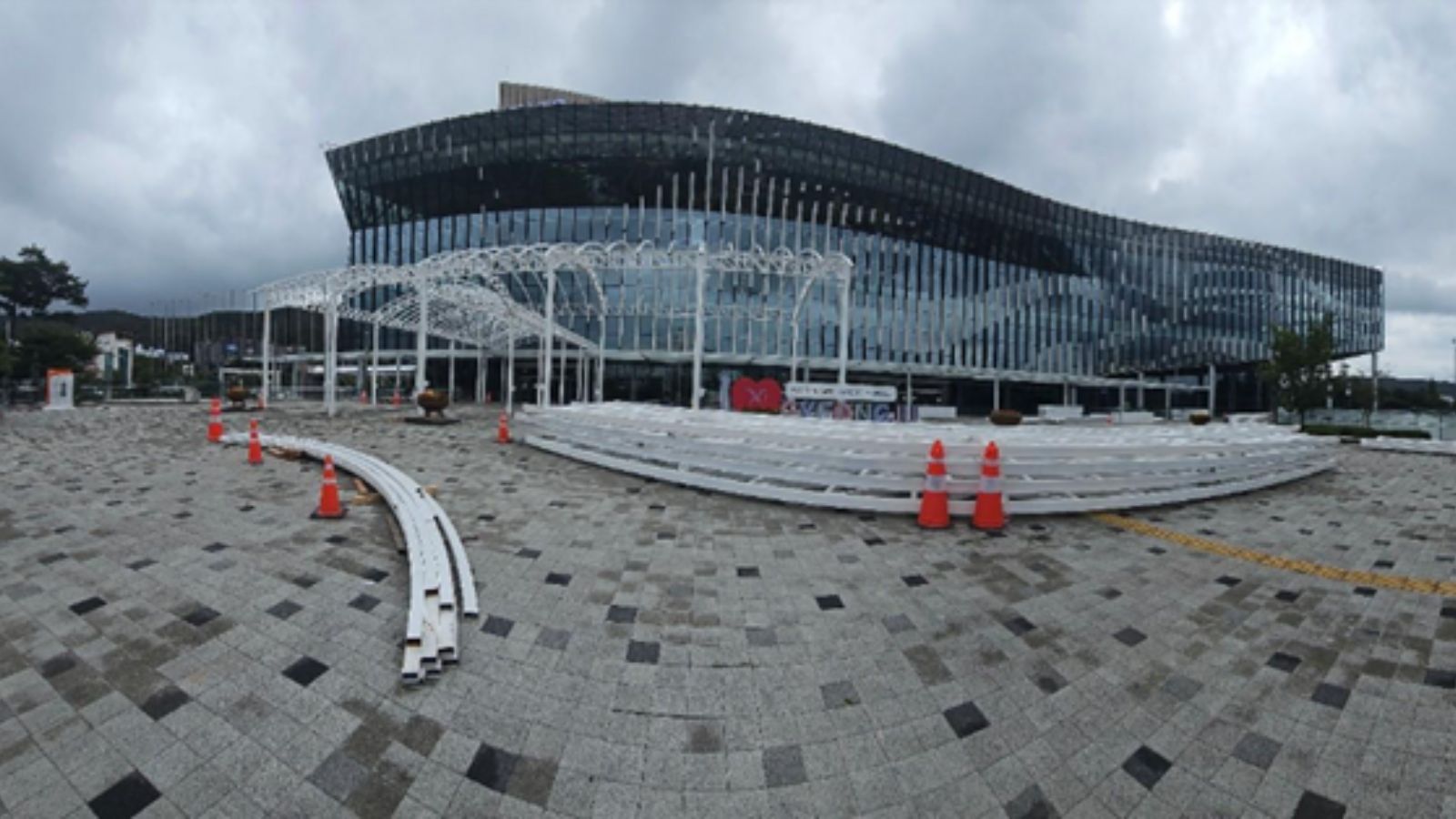Operational Context
South Korea routinely layers ringed security, traffic controls, and restricted zones around major summits. In Busan, coastal corridors, bridges, and tunnel approaches concentrate flows; even modest closures ripple quickly into citywide congestion. Venue perimeters (e.g., BEXCO/Nurimaru), airport/port access, and expressway feeders historically see the sharpest slowdowns, while police posture scales rapidly if protests or VIP convoys overlap with peak periods.
Executive Summary
- Date of Event: 20 October 2025
- Location: Busan & Gyeongbuk, South Korea
- Risk Category: Travel Risks
- Severity Level: 4/5
- Confidence Score: 95%
Police will place Busan and Gyeongbuk on high alert for APEC, triggering road closures, motorcades, checkpoints, and crowd-control deployments. Expect 5–7 days of elevated disruption centered on summit venues, coastal arterials, major bridges, and airport/rail approaches. While South Korea’s summit security record is strong, mobility, last-mile logistics, and venue-adjacent trade will be materially affected.
Current Updates
Authorities signal expanded patrols, temporary traffic orders, and reinforced access control from Monday. Agencies are coordinating cross-jurisdictional traffic management, with contingency bus/metro diversions and dynamic lane controls likely during VIP movements and protest windows.
Known Hotspots and Sensitive Zones
- Summit & Diplomatic Sites: BEXCO complex; Nurimaru APEC House (Haeundae); adjacent hotels and media centers.
- Transport Hubs: Gimhae International Airport, Busan Station (KTX), Busan Port terminals, express bus terminals.
- Choke Points: Gwangandaegyo (Diamond Bridge), Busan Harbor Bridge, Centum City grid, Haeundae–Suyeong coastal corridors, expressway feeders from Gyeongbuk.
Impact on Transportation and Services
- Roads: Rolling closures for motorcades; barricaded perimeters; security checkpoints causing stop-start congestion on bridge/tunnel approaches and coastal arterials.
- Public Transport: Possible station bypasses, temporary exits closed, and short-notice timetable changes near venue zones; crowding spikes during shift changes and VIP hours.
- Air/Rail/Port: Extended screening and access queuing at Gimhae; port gate throughput slower; KTX/ITX arrivals surge around demonstration windows.
- Operations: Delayed service calls, on-site appointments, and courier runs; delivery windows compress into late evening/early morning shoulder hours.
Recommendations
- Workforce & Mobility:
- Shift to remote work or staggered hours for non-essential roles in venue radii; publish red/amber/green corridors and no-go time windows.
- Provide pre-booked shuttles/taxis from park-and-ride nodes; prohibit private car use in restricted rings where practical.
- Supply Chain & Assets:
- Front-load critical deliveries (M-1/M-2 days) and re-time to off-peak (22:00–05:00); pre-clear vendor/vehicle lists for checkpoint access.
- Stage buffer stock inside city and secondary depots in Gyeongbuk; secure cold-chain contingencies and fuel for idling.
- Crisis Coordination & Comms:
- Stand up a Joint Ops Cell (Ops/Security/HR/Legal/Comms) issuing 2× daily SITREPs with route advisories and protest alerts.
- Push client advisories detailing modified SLAs, virtual alternatives, and escalation contacts; maintain hotline/SMS/app fallbacks.
- Security & Compliance:
- Harden site access (photo ID, visitor pre-vetting, vehicle screening); brief staff on police directives, protest etiquette, and no-filming of secure zones.
- Validate permits for any special transports; align with temporary ordinances (e.g., drone restrictions).
Multi-Dimensional Impact
Disruption concentrates in mobility and logistics as closures and checkpoints throttle arterial flows to coastal venues, bridges, and airport/port gates, driving delays, missed appointments, and delivery slippage. Business operations near perimeters experience reduced footfall and longer vendor lead times; citywide firms face attendance variability and scheduling drag. People safety risks are low but non-zero around dense crowds, protest assemblies, or VIP movement pinch points, where crowd surges and minor scuffles can occur. Regulatory/legal exposure rises with tight enforcement of temporary orders (traffic, drones, assemblies). Asset security generally improves with policing, though opportunistic theft may trend up in packed transit nodes. Communications/IT impacts are indirect cell saturation in rally or venue zones and collaboration slowdowns tied to commuting stress. Environmental effects stem from idling congestion and extended routing. Overall: high-confidence, high-impact mobility constraints with primarily predictable, manageable operational knock-ons for well-prepared organizations.
Situation Outlook
Most likely, planned closures and managed protests produce significant but forecastable delays through the summit week. A moderate variant sees larger demonstrations creating sporadic gridlock beyond venue rings and longer public-transport holds. A low-likelihood severe path would involve widespread unrest or serious incidents, prompting extended shutdowns of key bridges, metro nodes, or airport approaches.
Emergency and Monitoring Channels
- Emergency: 112
- Fire & Ambulance: 119
- Police: 112
- Live Updates:
Strategic Takeaway
Treat 20–26 October as a planned disruption window. Strengthen resilience by front-loading key deliverables, reducing travel peaks, restricting site access, and communicating proactively with staff and clients. Maintain a restart plan to swiftly restore routes and schedules once restrictions ease and normal operations resume.
Stay ahead of operational risks with real-time alerts, scenario modeling, and expert advisories with Datasurfr Predict. Start your 14-day free trial of Datasurfr’s Risk Intelligence Platform today.


